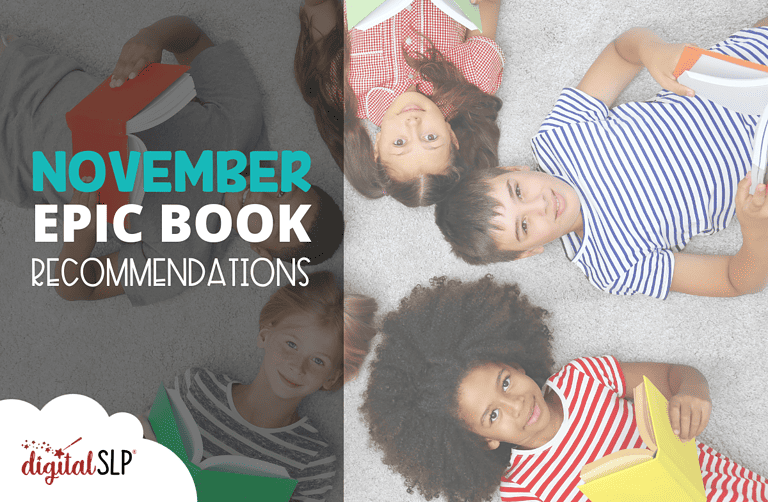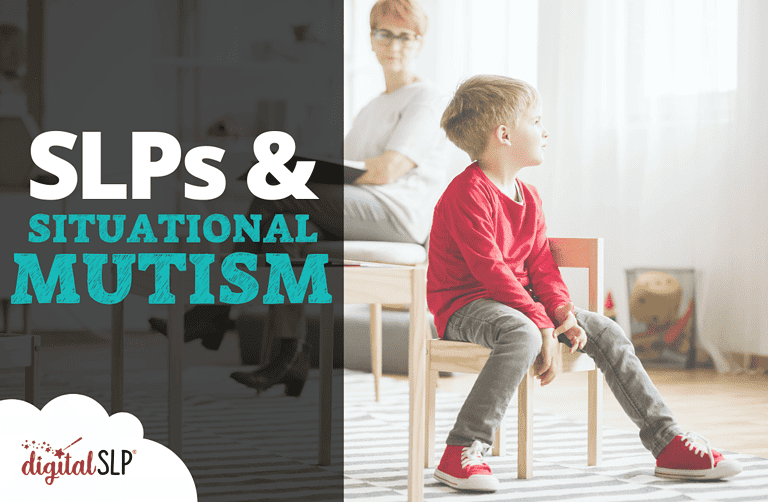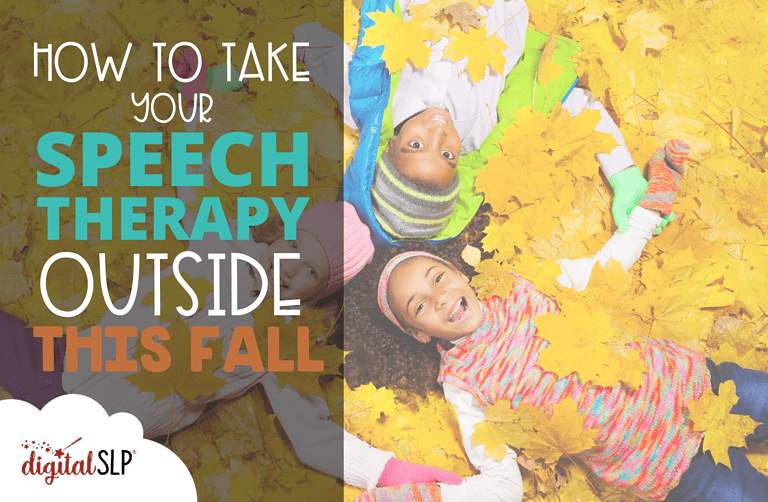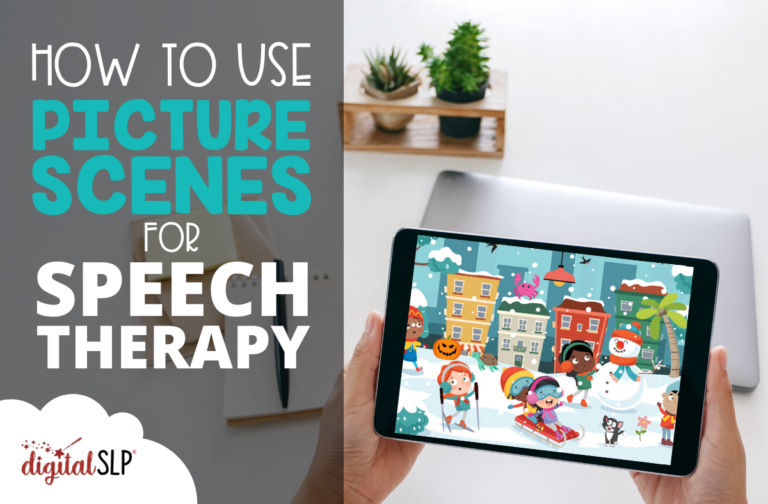I know that stuttering assessment tools can be hard to come by. To make screening and assessment easier for me, I created this Fluency Screener to use with my own clients. I’m here today to share that with you. I generally don’t like to do posts that are too “advertise-y”, but when I create something that really helps me and I think could be of potential benefit to others, I like to share! Also worth mentioning: if you currently own my Fluency Survival Pack Bundle, then this product is FREE to you. That’s because you purchased the bundle in its infancy and now it has grown, which will be reflected by a slight increase in the price.
For those of you that don’t own the bundle, I highly recommend it! If you’re not convinced, then you can grab this screener for a steal of a deal at 50% off for the next 24 hours! So, let’s take a look at what’s in the screener.
First, I’ve created a simple cover page to keep everything from the assessment organized:
Now, let’s take a look at the materials you’ll use to do the screening & data collection:
For assessment, the Fluency Screener contains:
★ 20 pictures with a variety of beginning sounds for eliciting words or sentences
★ 2 x 100-word reading passages
★ conversation starters for children
★ conversation starters for adults
★ a picture scene for eliciting picture description
And for data collection and summarizing your data, you’ll find:
★ helpful and organized scoring sheets
★ summary of behaviors & observations
★ disfluency tracker worksheet
★ attitudes, feelings, & beliefs worksheet for children
★ attitudes, feelings, and beliefs worksheet for adolescents and adults
I decided not to number the individual pages because for some students you might not be using the entire pack. Personally, I print all of the materials in the “stimulus materials” section and save those to use over and over again. I’ve even laminated mine for durability. Then, I keep a copy of the forms from the data collection section and I pull and photocopy the specific ones I’d like to use, depending on the student’s needs. And yes, I meant to put two data collection sheets back-to-back in there! I did this because there is space for data collection for two samples on each page and you might want more than two samples. I know sometimes I do!
Here is the sweetest picture from one of my students who completed the attitudes, feelings, and beliefs worksheet for me. I’ve found these worksheets to be a very valuable way to determine what negative beliefs you might need to work on to maximize progress in your therapy sessions. Do you feel comfortable addressing attitudes and feelings in your speech therapy sessions? I’m always curious about the comfort level most SLPs have with this.
I hope that you find this Fluency Screener to be as helpful as I do! Please feel free to shoot me any questions that you might have about it to jessica@thedigitalslp.com.














Recent Comments